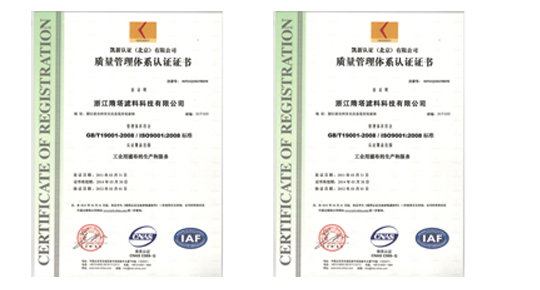-
- solid-liquid separation series
- industrial filter cloth
- filter press filter bag
- centrifuge filter bag
- leaf filter filter bag
- belt type filter press filter cloth
- flat fold filter filter cloth
- vertical disk filter filter bag
- flat filter filter cloth
- drum filter filter cloth
- suction filter filter bag
- liquid filter felt
- liquid filter bag
| Steel industry | |
| 2018/3/27 11:17:09 阅读次数:583 | |
The iron and steel industry is an industrial industry mainly engaged in the production of ferrous metal minerals and ferrous metal smelting, including iron, chromium, manganese and other mineral mining, ironmaking, steelmaking, steel processing, ferroalloy smelting, etc. The steel wire and its products industry is one of the most important raw material industries in the country. In addition, since iron and steel production also involves some other industrial categories, such as coking, refractories, carbon products, etc., the production of iron and steel also involves non-metallic minerals and products. As a result, these categories of industry are usually included in the scope of the iron and steel industry. From January to September 2013, the cumulative sales revenue of large and medium-sized iron and steel enterprises fell 6.49 percent from the same period last year, with losses of 26.726 billion yuan, 41.5 times higher than the same period last year, according to the China Iron and Steel Industry Association. Loss area of 45. Iron and steel industry losses continue to intensify. From January to September 2013, the apparent consumption of crude steel in China was 510.2761 million tons, a decrease of 9.73 percentage points compared with the same period. In the steel industry, the investment in railway construction and the investment in real estate (newly started) development have both registered negative growth. The gross industrial output (product output) of the machinery, automobile, and household appliances industries has grown weakly or the increase has dropped considerably, and the weak demand in the steel market has not changed greatly. While the prices of steel are running at low levels, the prices of primary combustion materials have fluctuated at a high level. Make the enterprise profit space big compression. At the present stage , our country is in the middle and late stage of the industrialization development , the steel demand is huge , the steel industry faces a large market space . In the first half of 2011 , China ' s iron and steel industry assets and sales are all in stable growth . In the first half of 2011 , China ' s steel industry assets totaled US $ 486.4 billion yuan , up 16.41 % year - on - year ; accumulative total sales revenue amounted to RMB 32703 . 79 billion yuan , up 28.96 % year - on - year . On the one hand, the scale of Chinese steel demand continues to expand, and on the other hand, Chinese steelmakers as a whole are at a low profit level. The industry's average profit margin has fallen mainly because of overcapacity and rising ore prices. On March 23, 2010, BHP reached a quarterly pricing agreement with Japanese steel mills, scrapping a 40-year long association model. Chinese steel companies were forced to accept quarterly pricing, monthly pricing, spot pricing, etc. Iron ore prices are rising. In 2010, the three major mines earned a combined net profit of $48 billion, 3.5 times the profit of China's steel industry. In the first half of 2011, BHP Billiton, Vale and Rio Tinto reported net profits of $13.1 billion, $13.3 billion and $7.6 billion, respectively. China's steel industry made a profit of only 80.5 billion yuan in the first half of 2011. The former was nearly three times that of the latter. Chinese steelmakers imported more iron ore in the first half of 2011 because of the rise in iron ore prices, according to the National Bureau of Statistics. The cost of spending is $16.017 billion. The pace of getting rid of iron ore for Chinese steel companies needs to accelerate. Iron and steel enterprises need to speed up the extension of upstream areas, while increasing the intensity of overseas mining development, in this respect, WISCO, Baosteel and other enterprises have achieved good results. China's overcapacity and irrational industrial structure are also the main reasons for its meagre profits. During the 12th Five-Year Plan, the steel industry will eliminate 75 million tons of backward ironmaking capacity and 48 million tons of backward steelmaking capacity. Regional iron and steel enterprises restructuring and integration has also been upgraded, Hebei, Shandong, Guangdong, Liaoning and other regions have formed regional iron and steel groups. Experts expect China's severe iron ore shortage to improve by 2014, when mergers and acquisitions among steelmakers will come to an end. Profit levels in China's steel industry as a whole are expected to recover by the end of the 12th Five-Year Plan. |
|
| Previous:Blended antistatic needle felt | next:Company qualification |



 chinese
chinese English
English
